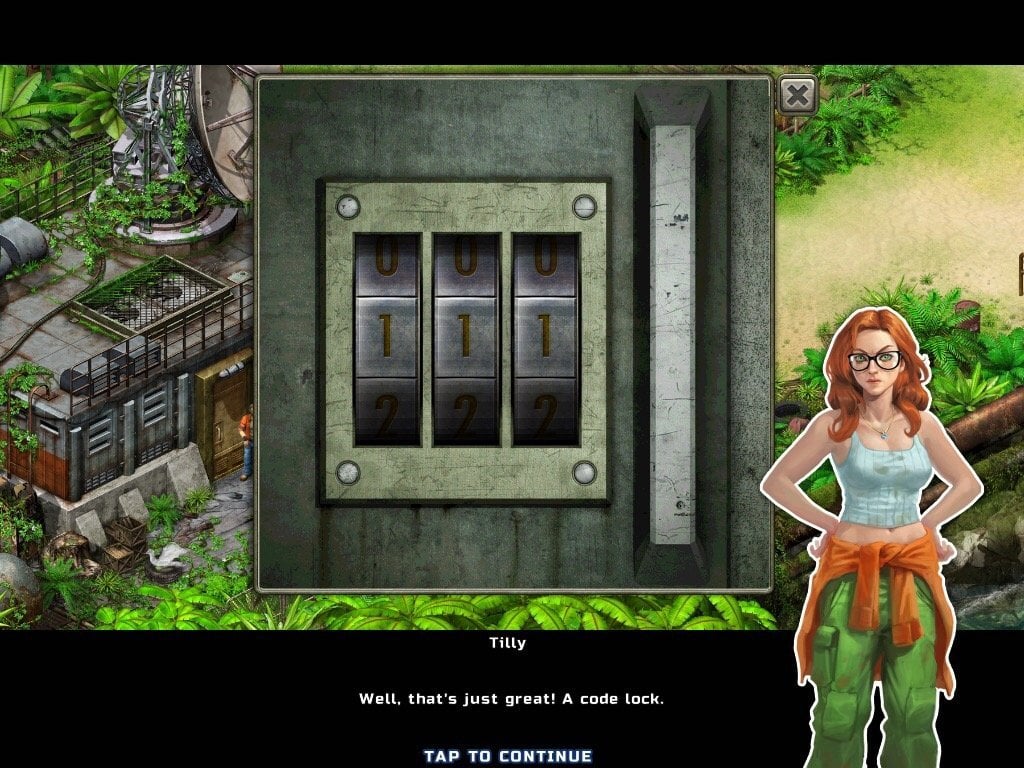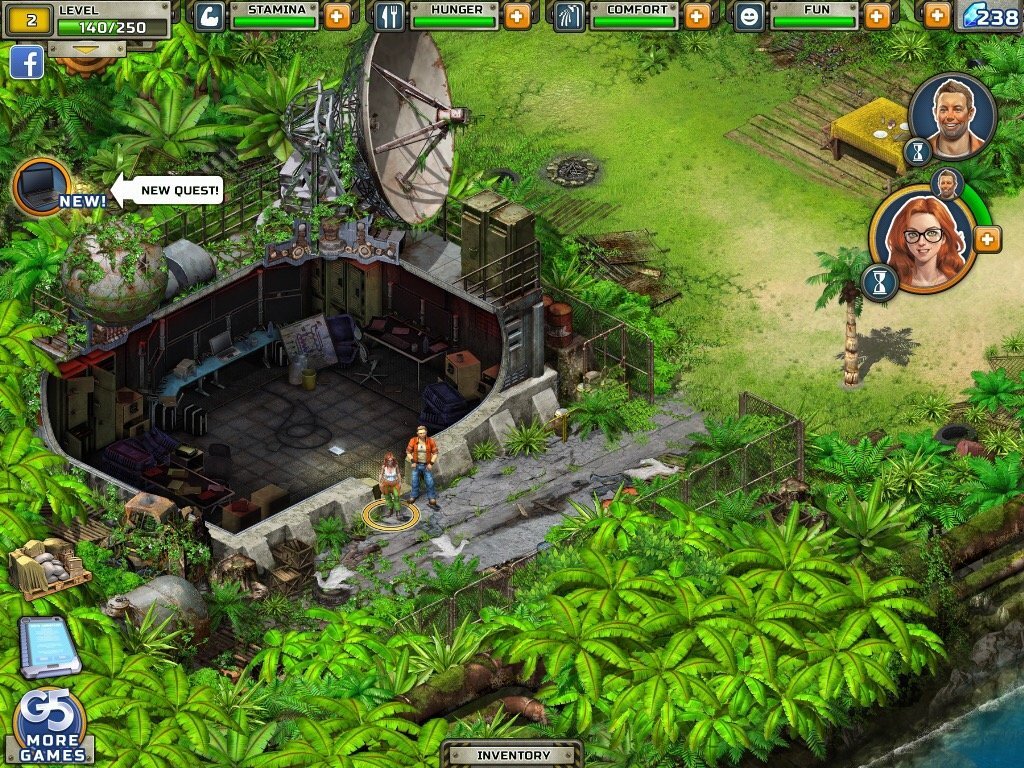

The signals went unseen.Below deck chaos reigned.The engine room had now begun to flood and before long the power failed, plunging the stricken vessel into darkness.“All was confusion for a few minutes,” said one survivor. After six days of fair weather, the ship came through harsh north-westerly gales until at around 5.45 am on January 12, hurricane-force southerly gales drove the Johanna Thorden aground in the Pentland Firth.The shock of the impact rendered the ship’s wireless useless and prevented the transmission of an SOS.While crewmen set off distress rockets, in a last desperate attempt to attract the attention of the nearby lighthouse keepers, wireless operator Goran Moliis started a fire on the deck using gasoline and a pile of trousers. But an element of uncertainty still surrounds the disaster.At the time the survivors claimed the ship had gone aground on the Pentland Skerries – most probably the Outer Skerry – but local opinion was that the vessel had actually struck the Clett of Stroma, the bow section of the ship being observed there by the Longhope lifeboat later that day.Returning from her maiden voyage, the Johanna Thorden sailed from New York on the evening of January 1, 1937, bound for Gothenburg in Sweden.

On the morning of Tuesday, January 12, 1937, the Johanna Thorden, a 5,500 ton vessel laden with a cargo worth £2 million pounds, ran aground in the waters south of South Ronaldsay. Johanna Thorden MV was a Finnnish motor cargo vessel of 3,223grt that went aground and was wrecked at Tarf of Swona, Pentland Firth on the 12th January 1937. ON VOYAGE FROM BALTIMORE & NEW YORK TO GOTHENBURG.

FOREPART CARRIED 4 MILES BY GALE AND DRIVEN ASHORE. (Jessop, K and Hanson, N, 2001 Kevin Heath pers. The story of the operation features in his book, Goldfinder.

The wreck was salvaged in the 1970s, with over 200 tons of copper being removed by Keith Jessop and partners. One of the remaining copper ingots was recovered by Kevin Heath in the 1970s (Kevin Heath, pers. It is likely that the strong tidal currents around Swona have broken up the vessel (Kevin Heath, pers. In the shallows, some copper wire can be observed. In the crevasses in the rock some plate remains, as do some copper ingots. Hamish Mowatt reported his brother being able to go inside it, but by the time Kevin Heath dived the site in the 1970s, the wreck had disappeared. The bow section of the wreck was on the east side of the Tails of the Tarf, on the south coast of Swona, until the 1970s. Note : Centre point of 200 metre buffer at NGR 338156E 983635N. Altname : Joanna Thornden Winnie Skerries Tarf Of Swona Tarf Tail Swona Island North Sea


 0 kommentar(er)
0 kommentar(er)
